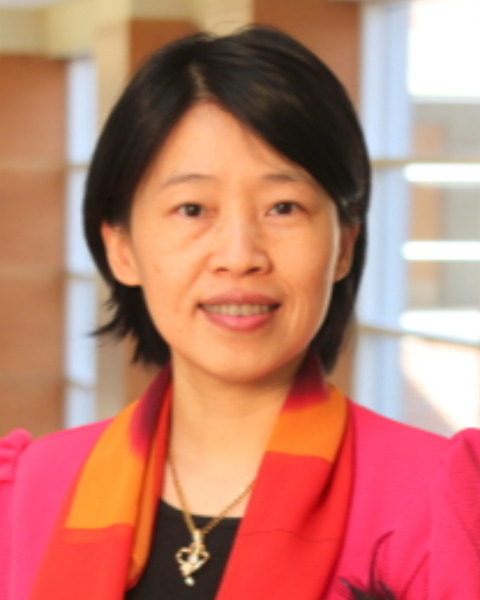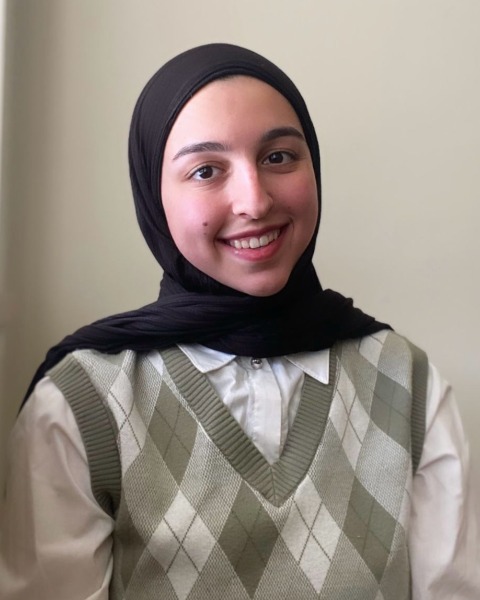(Re)habilitation and Counseling (C)
PP103 - Fitting Formula Effects on Hearing Aid Fitting for Different Degrees and Configurations of Hearing Losses

Yunfang Zheng
Professor, Audiology Division Director
Central Michigan University
Central Michigan University
Mount Pleasant, MichiganDisclosure(s): No financial or nonfinancial relationships to disclose.

Yara Ahmad Ayoub
Doctor of Audiology student
Central Michigan University
Mount Pleasant, MichiganDisclosure(s): No financial or nonfinancial relationships to disclose.
Presenter(s)
Lead Presenter(s)
Summary:
Hearing aid fitting formula (FF) plays a critical role in tailoring the amplification to the specific needs of individuals with hearing loss (HL) to optimize fitting outcome. Previous studies have focused on the accuracy of hitting prescriptive targets with different FF for different HLs and demonstrated positive fitting outcomes (e.g., Baker, 2017). The degrees and configurations of HLs are important for FF choices, which is however not systematically investigated. Studies have indicated the challenge of fitting more severe and progressively sloping HLs (e.g., Seewald, 2005), the rising (e.g., Studebaker, 1999) and flat (e.g., Kimlinger, 2015) HLs due to difficulty in balancing amplification at different frequencies leading to perceptual issues in own voice, speech clarity, and/or feedback. Also, NAL-NL2 or DSL formula might bring negative impact on individuals with more severe HLs (e.g., Byrne, 1991). Clinically there are no guidelines regarding selecting specific FF to reach the best fitting outcome for different HLs. This study evaluated the acoustical and perceptual effects of different FF on HLs with different degrees and configurations.
Software simulations and real ear measures (REMs) on Kemar were completed using four groups of rising, sloping, and flat HL configurations: mild, moderate, moderately-severe, and severe. Each group of the rising/sloping HL included five high/low frequency (H/LF) thresholds (0,10,20,30,35 dB) and four/five configurations of L/HFHL (LFHL ranges at 250,250-500,250-750,250-1000Hz; HFHL ranges at 2-8,3-8,4-8,6-8,8kHz) for each H/LF threshold, with a total of 20/25 combinations of rising/sloping HLs each group. Gain and compression ratio (CR) for different inputs and maximum gain before feedback (MGBF) were recorded from the software for NAL-NL1, NAL-NL2, and DSL-pediatric FF. Real ear aided gain and output for different HLs, and MGBF were recorded on Kemar and one normal hearing listener (simulated mild HLs) for the three formulae. Perceptual responses regarding own and other’s voices from the listener were also obtained. Data were analyzed using JMP Pro 17 for multiple aspects.
Results revealed that FF had a significant effect on the insertion gain (p< .0001), CR (p=0.0067), the MGBF (p< .0001), and DSL provided 10dB more gain than NAL formulae for most frequencies for all HLs. DSL provided similar gain across the frequencies for the flat and rising losses, but more gain at the mid-high frequencies for the sloping losses. NAL-NL1 provided the most gain at the mid frequencies, NAL-NL-2 provided the most gain at the mid-high frequencies for all HLs. The flat loss had the highest CRs ( >3, NAL-NL2 the highest, DSL the lowest) and the rising loss had the lowest CRs (< 1.5). The MGBF proposed different gain restrictions to different HLs, mostly for DSL and more at HFs, leading to possible reduced speech intelligibility. The insertion gain increased significantly with the increasing of the degree (p< .0001) and the number of frequencies of HLs (p=0.028). Perceptually, DSL was perceived with the loudest sensation and most occlusion with least sound quality and comfort. The degree and configuration of HL had a significant impact on perception (p< .0001). More information will be discussed/reported for formula selection for desired outcomes.
Learning Objectives:
- Upon completion, participants will be able to describe how each fitting formula affects different degrees and configurations of hearing loss acoustically and perceptually to select appropriate fitting formula for patients.
